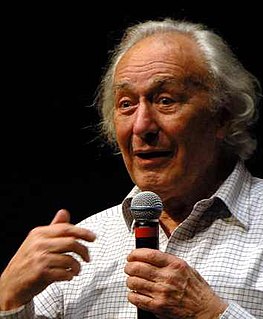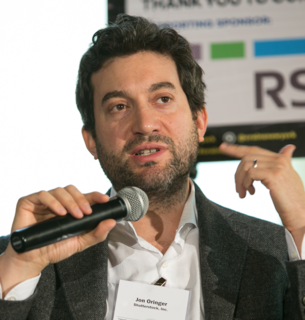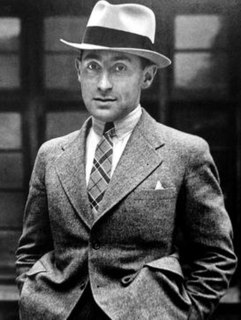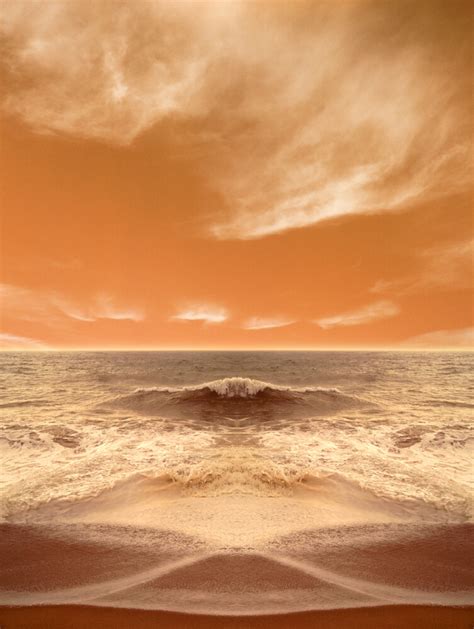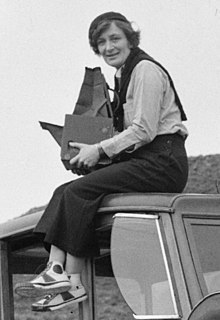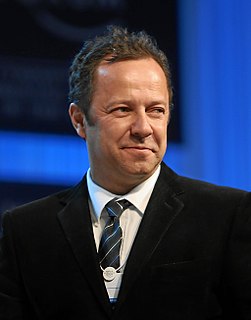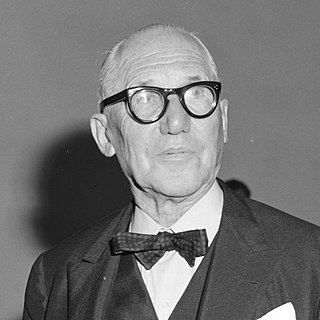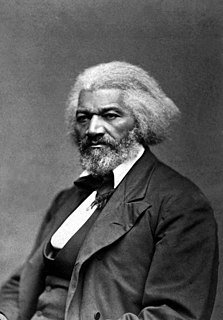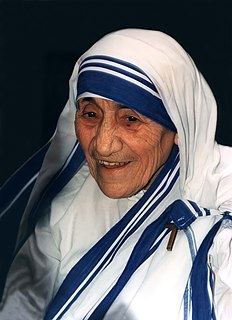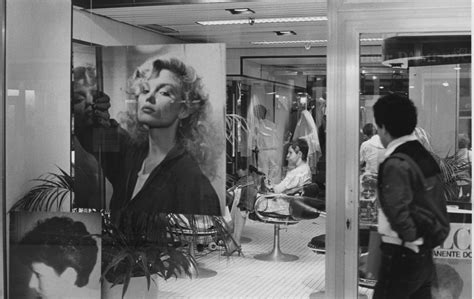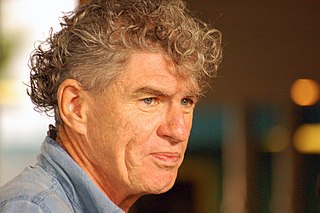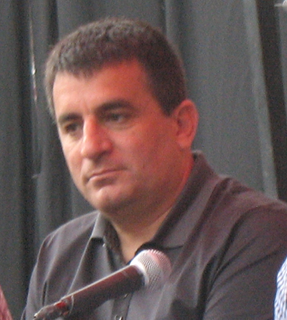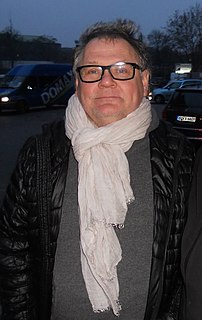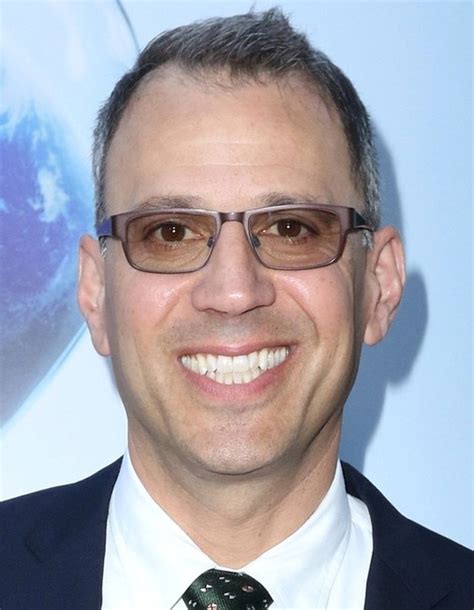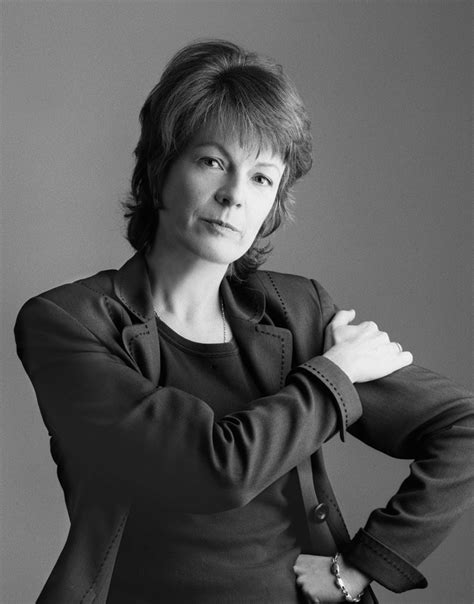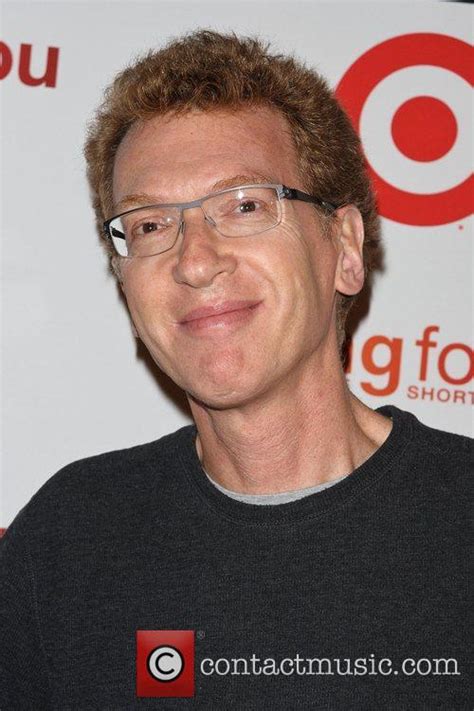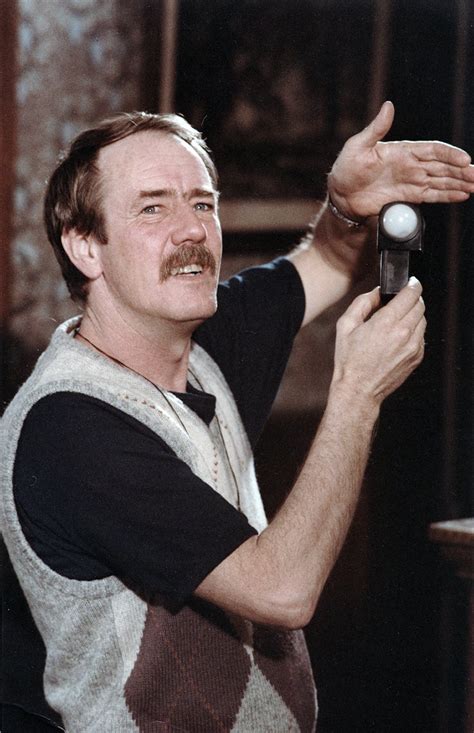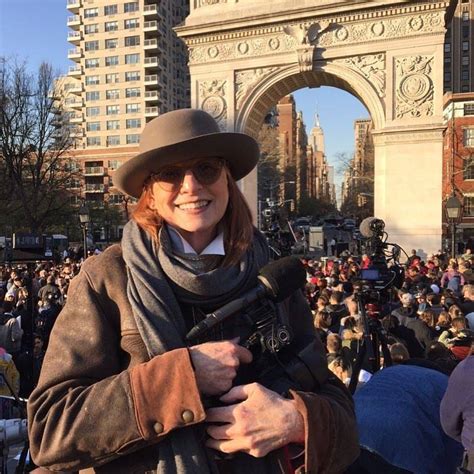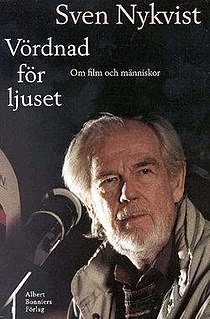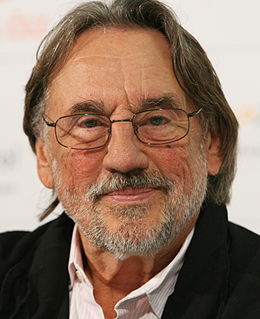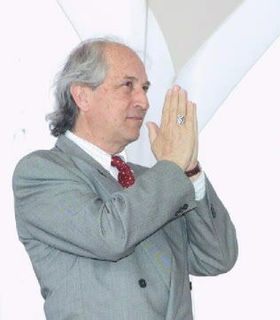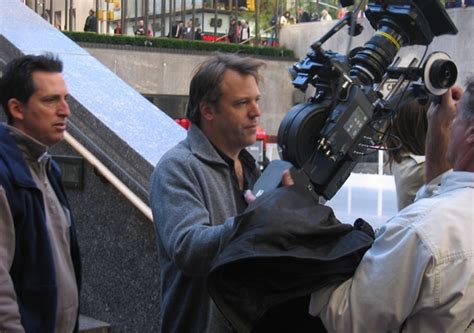A Quote by Seamus McGarvey
I think that digital is offering many great possibilities for cinematographers. Particularly in urban cityscapes and low light photography its allowing us to render what we actually see with our eyes; which is interesting.
Related Quotes
At Shutterstock, we've been offering tutorials to customers and contributors on our blog for many years. Our audience already viewed us as thought leaders on the latest digital and creative skills; we felt it so natural for us to launch Skillfeed, which is an online marketplace for professional learning.
Today's photographers think differently. Many can't see real light anymore. They think only in terms of strobe - sure, it all looks beautiful but it's not really seeing. If you have the eyes to see it, the nuances of light are already there on the subject's face. If your thinking is confined to strobe light sources, your palette becomes very mean - which is the reason I photograph only in available light.
He sought a way to preserve the past. John Hershel was one of the founders of a new form of time travel.... a means to capture light and memories. He actually coined a word for it... photography. When you think about it, photography is a form of time travel. This man is staring at us from across the centuries, a ghost preserved by light.
Architecture is the masterly, correct and magnificent play of masses brought together in light. Our eyes are made to see forms in light; light and shade reveal these forms; cubes, cones, spheres, cylinders or pyramids are the great primary forms which light reveals to advantage; the image of these is distinct and tangible within us without ambiguity. It is for this reason that these are beautiful forms, the most beautiful forms. Everybody is agreed to that, the child, the savage and the metaphysician.
I feel more like a creative artist using photography because there's - the digital work is so interesting now. It's come to that. I have had many different stages of photography - there are many different ways to take photos. But I feel now I'm in that stage of my life where I use the camera, you know, in that way.
As with any other great force of nature, there is both glory and danger in the stories we tell ourselves. Some are toxic and keep our problems festering. Others are tonic and bring us beyond the limitations of our previous history. To be in a life of our own definition, we must be able to discover which stories we are following and determine which ones help us grow the most interesting possibilities.
Then we have the silence of the eyes which will always help us to see God. Our eyes are like two windows through which Christ or the world comes to our hearts. Often we need great courage to keep them closed. How often we say, I wish I had not seen this thing, and yet we take so little trouble to overcome the desire to see everything.


